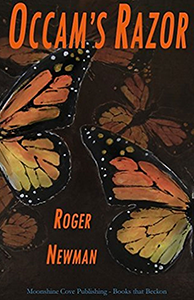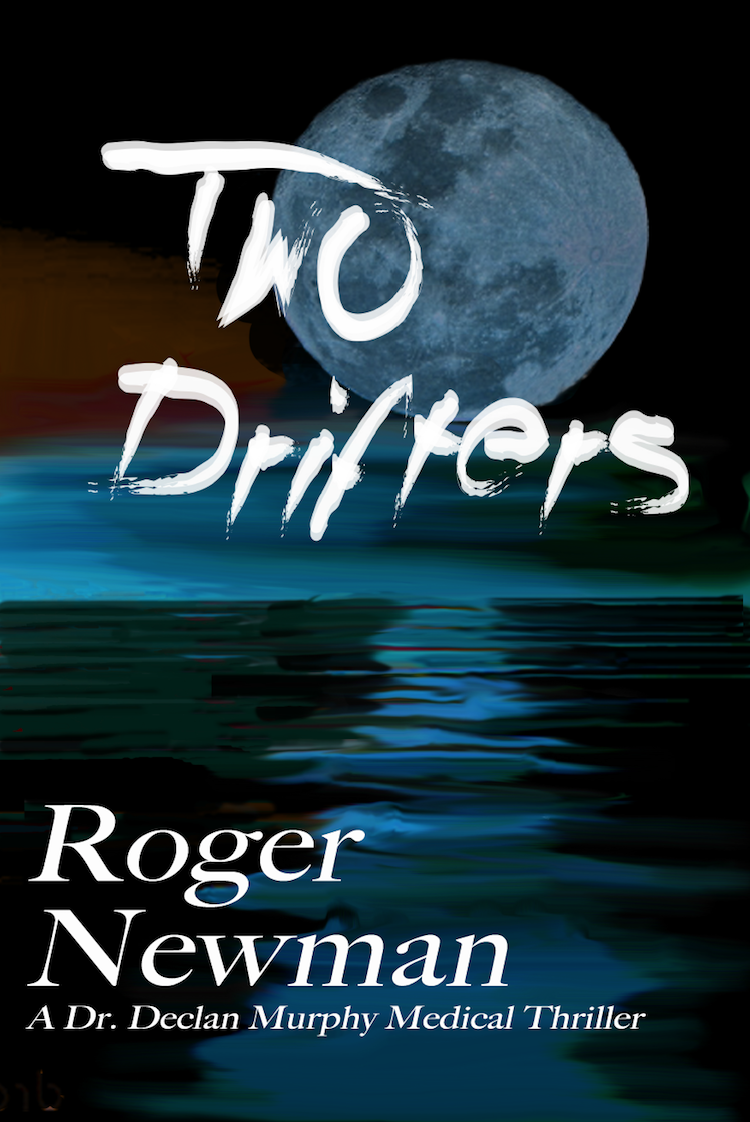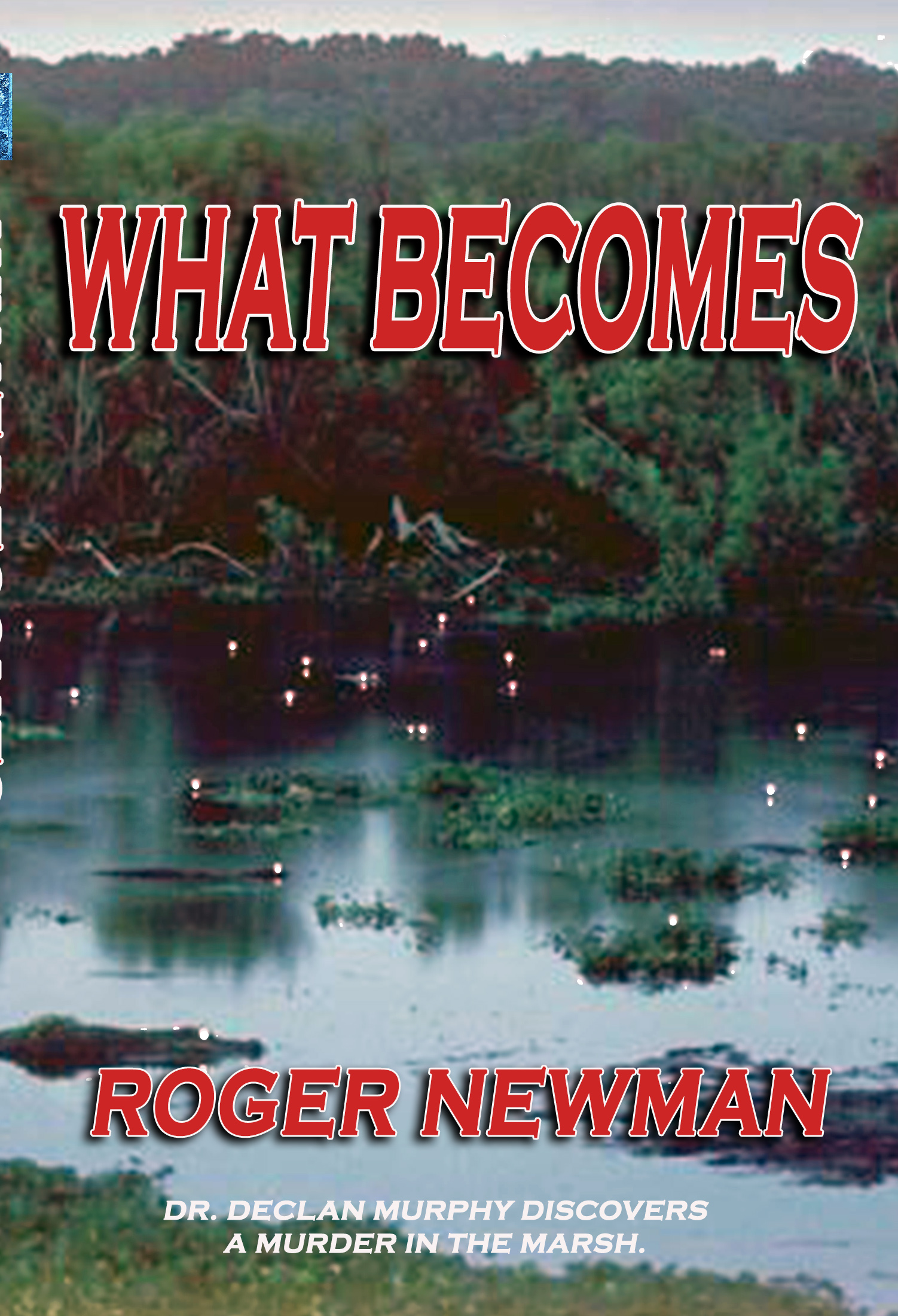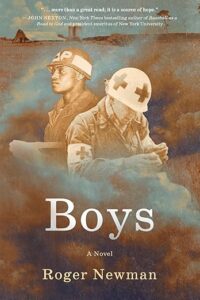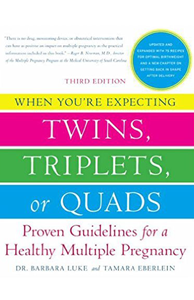This past Saturday Diane, Sarah and I had a great time at the 2016 Charleston March for Babies sponsored by the March of Dimes (MOD). We got up early (which is rare enough for us to make it fun) and went down to Cannon Park at Calhoun and Rutledge. It was a three mile walk past the recently renovated Colonial Lake, around the Battery and back up Rutledge.
Moreover, it just felt good. There were maybe a thousand people, all in different brightly colored team T-shirts designed specifically for the event. Everyone there shared a passion for improving the health of babies. There were generous corporate teams (too many to mention, but notably PUBLIX. Heritage Trust, MUSC, Roper-St. Francis, Select Health, SC Federal Credit Union, Spinx, Kapstone to name a few) , fraternities, sororities, family teams and couples walking in memorium. It’s special to spend time with people with no other agenda than to help make a difference.
The event proved to be a success. The weather was beautiful. Charleston was dressed in its spring finest. Almost $450,000 was raised by the participants and I had two delicious Boar’s Head hot dogs at the walk’s completion. By the way, these are now referred to as “Oliver Dogs” in honor of Oliver Mathewes from Carolina One Real Estate (Chair of the Lowcountry MOD Board) who was in the park setting up the tent 5:30 am.
The March of Dimes Foundation was founded by President Franklin D. Roosevelt in 1938 as the National Foundation for Infantile Paralysis to combat polio which had stricken Roosevelt as a young man. The National Foundation for Infantile Paralysis was a reconstitution of the Georgia Warm Springs Foundation which Roosevelt, along with his friend Basil O’Connor, had founded in 1927. O’Connor was the Foundation’s first president and remained so for three decades.
The Foundation became known as the “March of Dimes” after stage, screen and radio star Eddie Cantor inspired a nationwide fundraising campaign by asking the children of America to send a dime to the President on his birthday, January 30, 1938. Bags and bags of mail swamped the White House raising more than $85,000 mostly from children who wanted to help other children get well. Over the years more than seven billion dimes have been sent to the March of Dimes (MOD).
In 1946 the Roosevelt dime was issued to honor his efforts to defeat polio. In 1976 the organization officially changed its name to the March of Dimes Birth Defects Foundation. With the development of the Salk vaccine in the mid-1950s and the eradication of polio, the March of Dimes had to change its focus. In the mid-60s the focus became prevention of birth defects and infant mortality and in 2005 reducing premature birth was added to the mission objective.
The March for Babies, formerly known as the WalkAmerica, is the largest fundraiser of the year for the March of Dimes and the nation’s oldest charitable walking event. Besides Charleston, the March for Babies is held in more than 900 communities across the country. Every year, more than 1 million people – including 20,000 company teams, national sponsors and family teams participate in the march. The March for Babies has raised more than $1.8 billion since 1970.
A great trivia question is the name of the first person to walk for the March of Dimes. The answer is John Harrison Finger, a textile worker in High Point, North Carolina. In 1948, his daughter came home from school and asked for a donation for the polio fund. Finger replied that he didn’t have any money, but he’d raise some. In the first walkathon in MOD history, Finger walked 32 miles from High Point to Greensboro and back collecting $1700 in a red wagon he pulled behind him. During his lifetime, John Finger walked more than 1,000 miles and raised $15,832. The MOD formally created the national WalkAmerica in 1971 and John Harrison Finger was officially named “Mr. WalkAmerica” in 1983.
This spirit lives on. On Saturday I met an elderly African-American woman who was also a reverend at her church. She had raised over $3,000 going door to door in her community. The spirit lives on among the hundreds of children and teens participating in the event. That spirit lives on among the many who donated to support my walk. The spirit lives on among the many volunteers and sponsors who helped make the Charleston March for Babies a wonderful event and success.
However, there is much that remains to be done. Over the past decade the MOD has learned what academic Ob-Gyns already knew. Reducing the rates of preterm birth is an extremely tough challenge. While public awareness has been dramatically enhanced by the efforts of the MOD, the Foundation has not yet reduced preterm birth as much as it had hoped it would. There continue to be more than 13 million preterm births worldwide each year and more than one million infants die during the first month of life.
To attack this problem the MOD has taken a two-pronged approach. First, they continue to provide mothers, pregnant women, and women of childbearing age with educational resources on preconception, pregnancy, baby and new motherhood health. The also supply information and support to families affected by preterm birth, birth defects and other infant health problems.
Secondly, the MOD has entered into high profile research partnerships with some of the finest academic institutions in the country. These institutions provide the best hope for unraveling the genetic and environmental contributors to prematurity. Until we know the cause, we’ll never develop effective preventative interventions. These partnerships involve millions of dollars in MOD support that must be matched by a financial commitment from the academic center.
Almost 80 cents out of each dollar raised at the Charleston March for Babies is spent on research and programs to help prevent prematurity and other causes of infant mortality.
There’s only one thing that could make the event better. We’d love to see even more participation and sponsor enthusiasm. It would be brilliant to recapture the commitment that was shown by the millions of children who sent dimes to President Roosevelt. Every fundraiser will tell you that Obstetrical issues are the hardest to raise money for. Young women and children are not the wealthy segment of our economy. Many, if not most, of the wealthy have moved past childbearing. MUSC is still looking for a naming sponsor for the new Women’s Hospital. The MOD is always interested in making new friends and supporters.
The March of Dimes is one of the oldest, most respected and most successful charitable organizations in America. The March for Babies is a great and inspiring event. My hope is that I’ll see you at next years March for Babies. You’ll have a good time.
Although I am a Professor and Maas Endowed Chair for Reproductive Sciences at the Medical University of South Carolina for the past 30 years , the opinions voiced in this blog are mine alone and not those of my employer.


